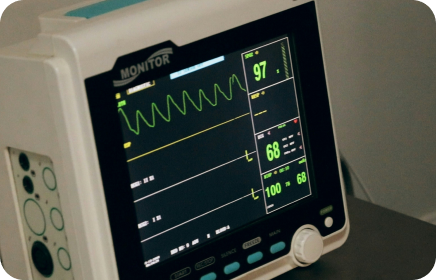
The challenge
- The client, an Australian healthcare insurance firm, offering financial protection for medical expenses to policyholders, approached us with challenges related to the complexity of healthcare payer data.
- They faced integration issues, delayed reporting, and stringent healthcare data privacy and compliance requirements, in accordance with the Australian regulatory framework.
The solution
- Data Integration Platforms with ETL capabilities were implemented to ensure data consistency and accessibility by harmonizing diverse data sources.
- Encryption and strict access controls were employed to safeguard Protected Health Information (PHI), enabling secure data access and sharing for authorized users.
- Claims Automation, powered by RPA and intelligent algorithms, was introduced to expedite claims processing and reduce errors.
- AI-Driven Fraud Detection, continuously learning from historical data, was implemented to enhance the detection and prevention of fraudulent claims.
- Azure Machine Learning was leveraged to enhance decision-making with advanced analytics and maintain HIPAA compliance with robust data security measures.
Benefits
- Improved data interoperability in healthcare promotes collaboration, reducing redundant efforts.
- Efficiency is boosted with AI and claims automation, cutting costs.
- Advanced analytics prevent fraud, leading to substantial savings.
- Power BI aids in data visualization, aiding decision-making and transparency.
- Blockchain enhances data security and patient trust, meeting regulatory requirements like HIPAA compliance.
Objectives
- Address data interoperability challenges in integrating data from diverse sources.
- Ensure data security and regulatory compliance, particularly for PHI.
- Expedite claims processing and reduce errors with Claims Automation.
- Enhance fraud detection capabilities to prevent revenue loss.
- Leverage advanced analytics and data visualization for improved decision-making.
Project outcomes
- Improved collaboration through enhanced data interoperability.
- Increased efficiency and cost savings through AI and claims automation.
- Substantial savings achieved through advanced analytics for fraud prevention.
- Enhanced decision-making and transparency with Power BI.
- Strengthened data security, patient trust, and compliance with regulatory requirements like HIPAA.





